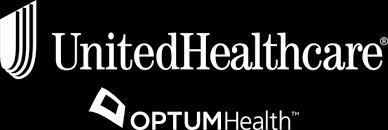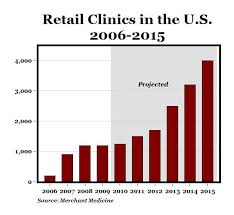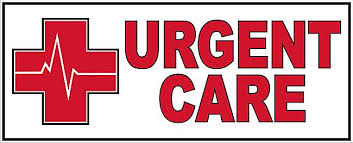By William Rusteberg
Have you ever wondered what that $63 “Reinsurance Fee (tax)” really is and how it applies to ObamaCare? Or did you have some vague idea that the fee (tax) was a set-aside to somehow offset losses insurers may suffer through ObamaCare exchanges?
Introducing Stop Loss Insurance through ObamaRe II!
This government owned and administered reinsurance program will reimburse insurers in the individual market for 80% after a specific stop loss deductible of $60,000 up to a cap of $250,000 for the 2014 Plan Year.
However, just this week the HHS has proposed lowering the specific stop loss deductible to $45,000 in 2014 since it is now anticipated that the “pool” of insureds is likely to be smaller than first anticipated as well as a higher risk due to adverse selection.
ObamaRe will also lower the annual “stop loss premium” in 2015 from $63 to $44. On a monthly basis, this comes in at $3.67, a very low premium for a $45,000 specific deductible.
Oh, but wait, HHS is now proposing that the specific deductible be increased to $70,000 in 2015 with a coinsurance rate of 50%, down from 80%. The $250,000 cap will remain in place.
A monthly stop loss premium rate of $3.67 for a $70,000 specific, 50/50% coinsurance with a $250,000 cap is competitive. Try finding a competitive alternative in the private sector stop loss market.
ObamaRe I, however, still remains the premier stop loss policy ever devised by mankind. See http://blog.riskmanagers.us/?p=12875
Editor’s Note: What does the ObamaRe “stop loss policy” consider the basis of payment? Usual & Customary, Medicare reimbursement benchmark, cost plus, reference based pricing, Medicaid benchmark, or PPO contracted pricing?







































